Have you ever been to the grocery store and noticed the check-out lines just keep growing longer and longer? Sometimes the cause is a customer ahead of you with a lot of items, sometimes there are only a few employees staffing check out stations, and sometimes it is just because there are so many people in the grocery store.
Hopefully, a manager comes along and opens a new lane to keep traffic moving, and if you have experienced this, you know the feeling of relief when an extra lane is opened! However, if no one comes to help, everyone must wait patiently in the crowded lines for all the transactions to get through.
An embargo situation can be a bit like the crowded grocery store. Whether the cause is a lack of railroad employees, a particularly difficult move, or simply too many shipments, congestion can occur at rail yards, transload sites, switching locations, and anywhere that railcars gather. When this happens, railroads must decide how to manage traffic to keep it moving.
However, much like the manager stepping in and opening another check-out lane, sometimes shippers are supplied an opportunity to use different lanes to get their railcars to a destination.
Although embargoes can be a valuable tool to help alleviate congestion and keep rail traffic moving, they can also be a challenge for rail shippers.
What is an Embargo and Why do They Happen?
To understand how to prepare for and overcome embargoes, it is important to understand what an embargo is and why they happen.
Embargoes are put in place to manage traffic when congestion or interference at certain locations requires controlled movements and limitations to keep things moving. For instance, if a rail switching facility finds itself constantly filled with snarled traffic, an embargo may be used to limit rail traffic enough to untangle the mess.
What can cause congestion and interference in the rail shipping industry? Railroad staffing issues, weather events, track or bridge maintenance issues, and heavy rail traffic are major contributors in creating congestion.
A nagging issue for railroads has been the COVID-related staffing issues. Over the last few years, they have experienced employee recruitment and retention issues; coupled with rail traffic increasing faster than expected, this results in congestion and service disruptions.
Inclement weather also contributes to embargoes and delays in railroad traffic. While this is a yearly issue that rail shippers know to plan for, 2022 could be particularly challenging. According to the National Oceanic and Atmospheric Administration, 2022 could be worse than most previous years. The 2022 hurricane season is expected to see 14 to 20 named storms and a possible 6 to 10 hurricanes. For more tips on preparing for upcoming hurricanes and winter weather read our other blog posts about hurricane preparedness and preparing for severe winter conditions.
Where to Find Out if There is an Embargo
To maneuver through the challenges presented by an embargo, you must first know where to find them.
The Association of American Railroads (AAR), through a resource called Railinc, has an easy-to-use search tool to find which railroads and locations have embargoes, as well as the cause of the embargo and the affected commodities. Click here for the AAR’s Embargo Search System.
You can use this tool as a reference to ensure you are aware of embargoes affecting your rail traffic and can make adjustments for commodities which are critical to get to your destinations. The tool also offers several helpful videos on how to use their system. Click here for the AAR Embargo System tutorials.
Embargoes are often broken down into commodities that are allowed and not allowed; sometimes certain shipments and commodities are more time consuming and difficult, which slows down traffic. However, keep in mind that embargoes can be fully restrictive without a distinction between allowed and not.
This commodity information can be found directly on an individual railroad’s website or through Railinc’s AAR Open & Prepay Station List (OPSL) page. The OPSL notes will inform you of station restrictions such as weight or plate restrictions. An embargo is temporary while the OPSL notes are permanent restrictions based on station capabilities. Click here search the OPSL Notes.
A permit to move railcars through certain embargo or OPSL restriction may be acquired through Railinc and railroad websites. Within the AAR’s system it is also possible to subscribe to embargo and OPSL notifications to stay one step ahead of problems.
How to Prepare for an Upcoming Embargo
So how can you prepare for the possibility of embargoes?
Preparing contingency plans can help you overcome the challenge of an embargo. Have a backup plan developed and up to date with your current rail shipping details; that way, if an embargo does appear, you are prepared instead of having to react.
Another suggestion is to keep track of approaching hurricanes and winter storms during their respective seasons. When possible, try diversifying your locations and the lanes that you use to move railcars to their destination. If inclement weather and/or embargoes shut down one shipping route, and you are diversified, it is possible your other routes are not affected.
If you feel like you are in over your head when dealing with embargoes, you can use knowledgeable teams and trusted partners to conduct your logistic activities. Experts who have had experience dealing with embargoes can be an asset in overcoming challenges. If you do not have an expert on your side, we can offer guidance and tools to help you make informed business decisions.
Embargo Permits
As mentioned above, embargoes can be fully restrictive or allow certain traffic to go to embargoed locations. If changing lanes to ship your railcars is not possible for an embargoed location, you can request a permit. If your permit is accepted, that will allow your equipment to move to embargoed locations.
Permits can be requested on the individual railroad’s websites and normally are only for emergency situations of special transportation relief. Permits are not guaranteed but are appraised for consideration of approval.
If you receive embargoes, examine the embargo to find the issuing party. The embargo will have the contact information for the party responsible for issuing permits in the permit system; furthermore, the information will be listed on the embargo page in Railinc. You can use this information to apply with that carrier for a permit.
How Does an Embargo Impact You?
If you are a shipper who uses rail in your supply chain, chances are you will be or already have been affected by embargoes. Railroads will use alternative traffic flows and move rail cars from affected areas, which can reroute your shipments. The rail carriers should communicate with you for permit instructions and manage priority shipments, but it is always a smart idea to keep up with the movements of your shipments.


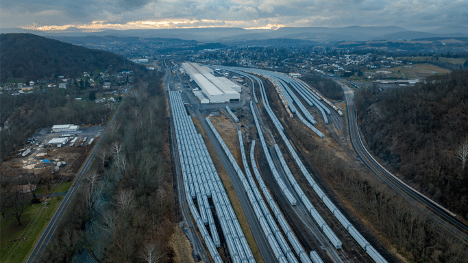
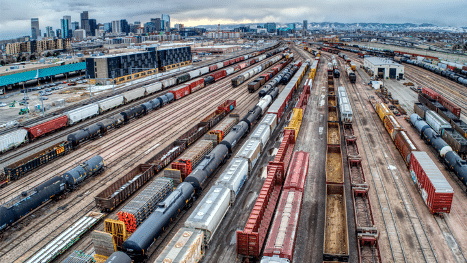
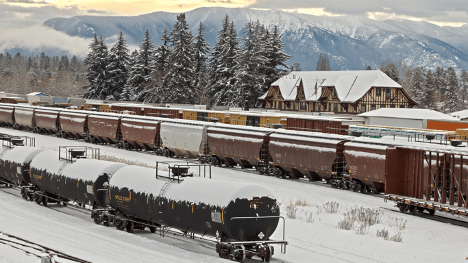


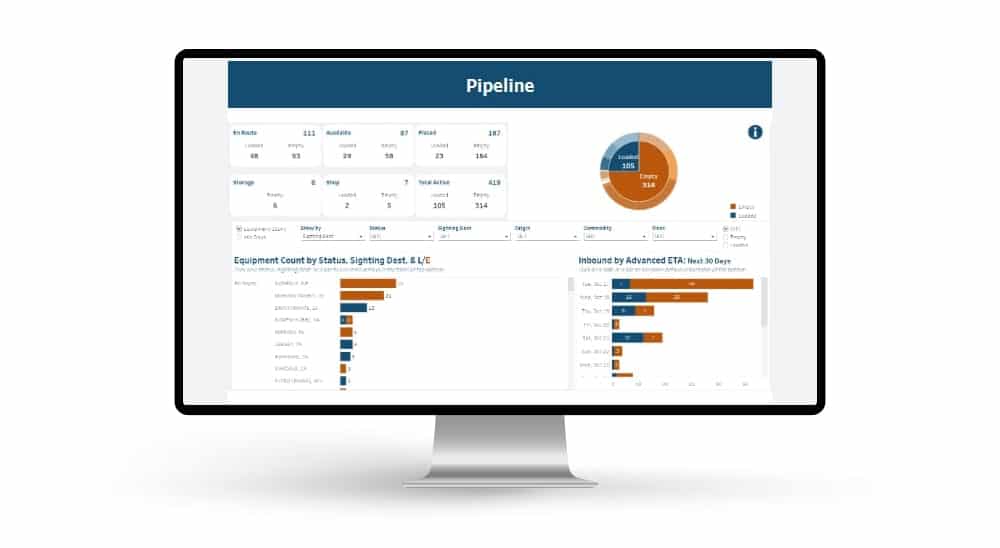 Automated exception reporting of the railcar tracking data makes it easy to identify and troubleshoot jeopardized shipments, thereby enabling you to provide better service to your stakeholders.
Automated exception reporting of the railcar tracking data makes it easy to identify and troubleshoot jeopardized shipments, thereby enabling you to provide better service to your stakeholders.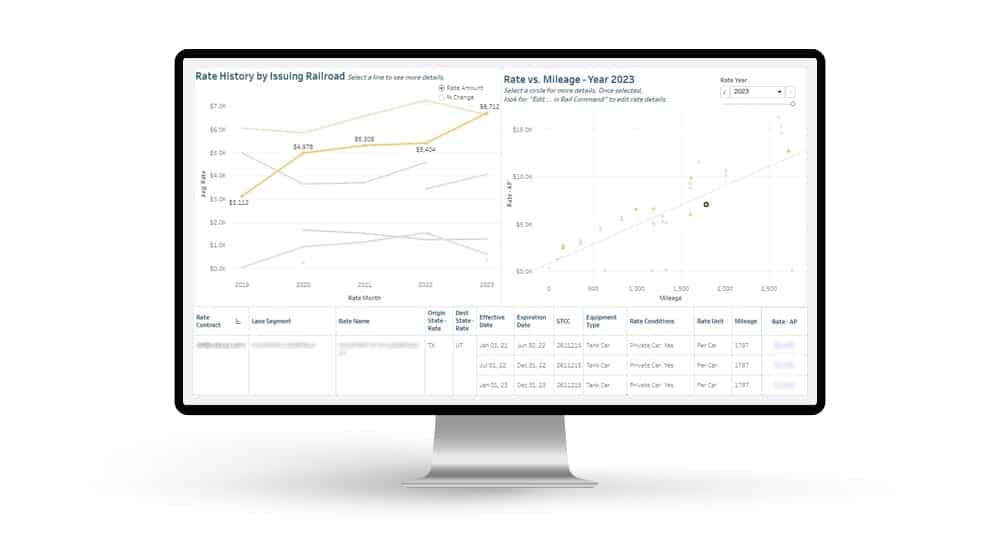 Receive notification of pending rate expirations. Tariff changes and fuel surcharges can be automatically updated.
Receive notification of pending rate expirations. Tariff changes and fuel surcharges can be automatically updated.